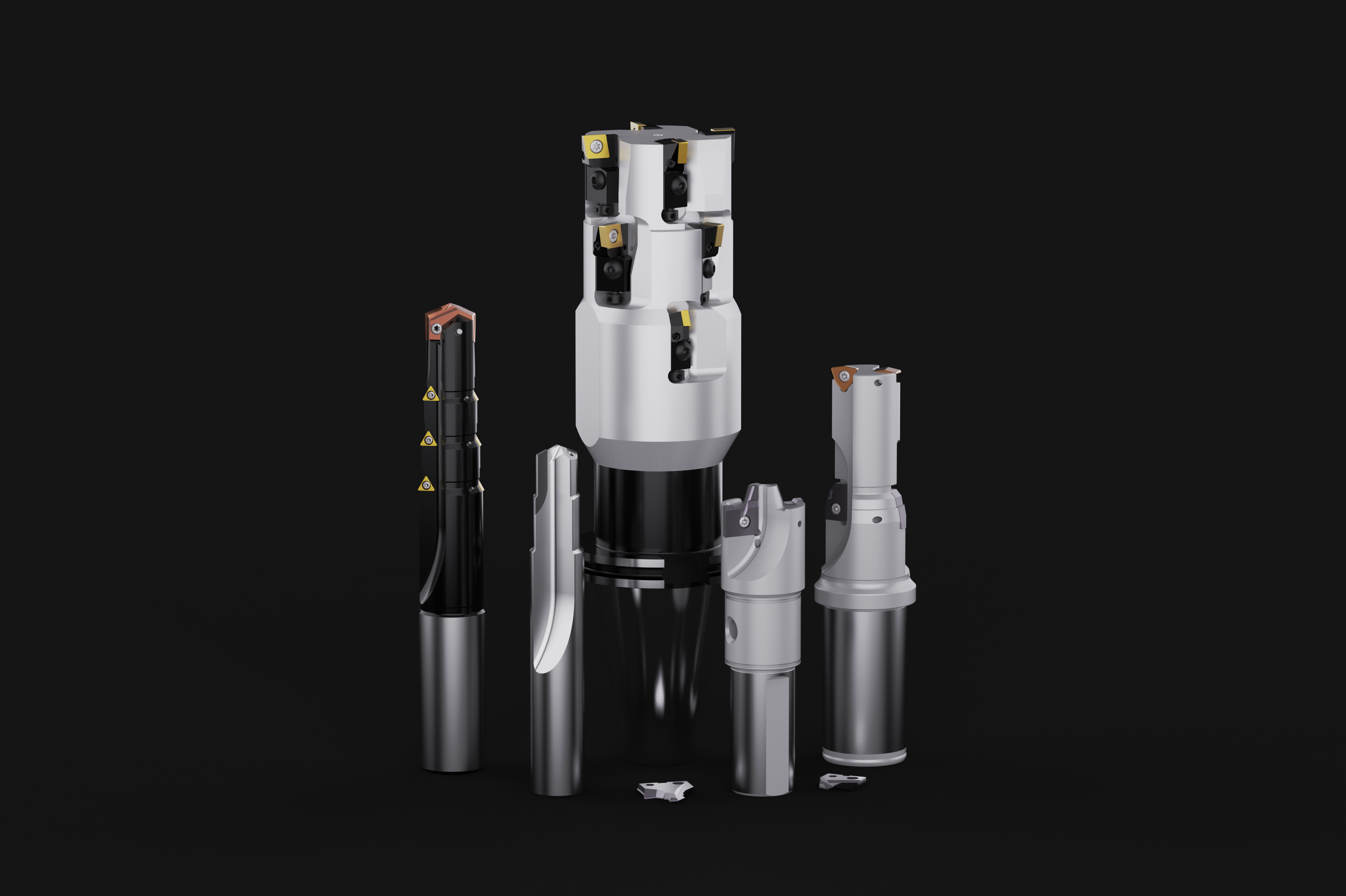“Smart” Generator Technology Makes EDM Operation Intuitive
GF Machining Solutions offers four generator features that enable users to input desired burning results into the CNC, and let the system do the rest.
Precisely adjusting sinker EDM power settings can be time-consuming and laborious, even for the most experienced operator. In response, OEMs have made strides in integrating “intelligent” functions into the machine—functions that reduce tedium and guesswork while simultaneously improving productivity and surface quality.
One notable example is the digital generator technology that comes standard with Form 200, 300 and 400 sinkers from AgieCharmilles, the EDM brand from GF Machining Solutions. Designed to produce a relatively larger quantity of less-powerful sparks with shorter pulse time, these machines’ Intelligent Process Generator (IPG) has been helping users ensure surface quality without sacrificing cutting speed for about a decade now. More recently, the company has built on this success with similar, yet more advanced functions that automatically adjust settings according to cutting conditions, operator preference, or both. The following four examples are easily accessible through the Form series’ HMI CNC touchscreen interface and are said to be particularly beneficial for mold and die industry applications.
Featured Content
3DS (3D Surface). After years of extensive experimentation with IPG, the company has zeroed in on particular combinations of settings to achieve surfaces with far less friction. Now, those settings are built into the system in a function known as 3DS. This technology is designed to reduce the risk of parts or residue sticking to the mold surface upon ejection, even without the benefit of subsequent coating operations in some cases.
So says Eric Ostini, product manager at GF Machining Solutions. He emphasizes that a surface generated with 3DS isn’t necessarily any smoother than one generated without—at least, not in terms of the roughness average (Ra) value. For most molds, the “sweet spot” is about 0.2 Ra, and 3DS technology typically has no effect on that measurement. Rather, 3DS adjusts root mean square (RMS), a different formula.
To explain the difference in practical terms, he compares how two hypothetical mold surfaces, both with the same Ra value, might look under a microscope. The surface generated without 3DS resembles a bed of gravel, while the one generated with 3DS looks more like a closely compacted group of lily pads. That is, the average height across the microscopic peaks and valleys are the same on each, but those peaks and valleys are spaced further apart on the 3DS surface.
Tecform. Another example of generator setting and control software combining to enable faster programming and better parts is Tecform. This function enables users to select a generic compromise between burn speed and electrode wear based on the priority for any given job, and the CNC adjusts power supply settings accordingly, says Gisbert Ledvon, director of business development.
This occurs throughout the duration of the cut and responds to changing conditions, thereby reducing the need for an operator with the expertise (and the time) to manage the intricacies of amperage, voltage, on/off time and other such settings. It also leads to a more stable process, Mr. Ledvon explains. For instance, spark power should decrease as an orbiting electrode moves closer to a sidewall. Tecform ensures that this not only happens, but that the transition is smooth—that power is adjusted in increments rather than jumping straight from one setting to another. “It’s like driving a car,” Mr. Ledvon says. “Gears 2 and 3 smooth the transition from 1 to 4.”
iGap. Particularly for burning small, intricate features, electrodes are often machined slightly undersized. That’s for good reason. If the spark at the front end of the electrode is too large, taking a lighter Z-axis plunge can compensate, but things aren’t so simple when it comes sparks on the sides. The closer the size of the electrode to the size of the feature being burned, the greater the risk of lateral sparking damaging the workpiece surface.
However, these are non-issues for shops employing the Form series EDMs, Mr. Ledvon says. That’s thanks to iGap, a generator technology that varies spark power between the front and sides of electrodes as needed, as opposed to using the same spark the whole way through a burn. Beyond limiting pitting or other surface defects, ramping up spark power wherever possible facilitates faster cutting speeds and a greater material removal rate. Increasing spark power only when necessary also helps preserve electrodes, adding to the gains provided by the aforementioned IPG technology. Less wear can also facilitate the use of smaller electrodes than would otherwise be possible.
Wear partitioning. This function helps manage electrode wear on jobs that involve multiple cavities with similar dimensions, tolerances and finish specifications. With wear partitioning engaged, the machine automatically determines how best to burn each cavity, whether by adjusting motion, power settings or when to change electrodes, in a way that spreads wear evenly across both individual electrodes and groups of electrodes. The result, Mr. Ledvon says, is reduced consumable costs and greater consistency from cavity to cavity. Like the other functions detailed in this article, taking advantage of wear partitioning is said to be a matter of inputting the desired result and letting the CNC and generator do the rest.
RELATED CONTENT
-
Choosing The Right Grinding Wheel
Understanding grinding wheel fundamentals will help you choose the right wheel for the job.
-
5 Hard Lessons from a 28-Year-Old Startup Machine Shop Owner
Good fortune and years of long working hours have both figured into the success of this young shop, which became its founder’s sole employment starting last year. The shop owner shares his story.
-
Centerless Grinding: Not Magic!
Achieving consistent and quality results from the centerless grinding process requires an understanding of the basic fundamentals. Most application problems associated with centerless grinding derive from a misunderstanding of the basics. This article explains why the centerless process works and how to use it most effectively in your shop.



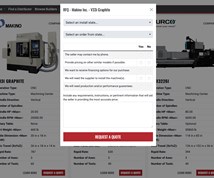
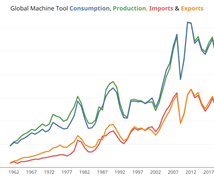
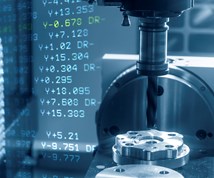

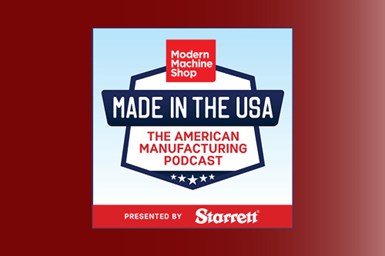
.1692800306885.png)

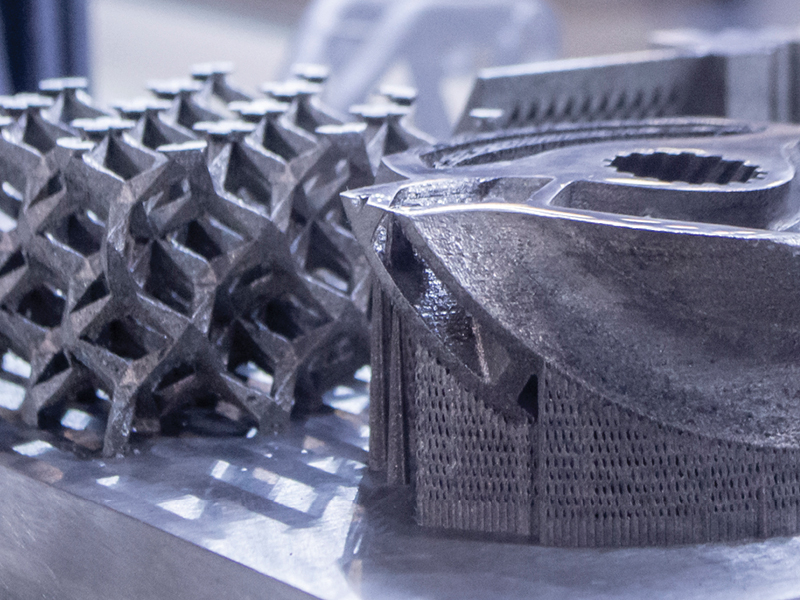
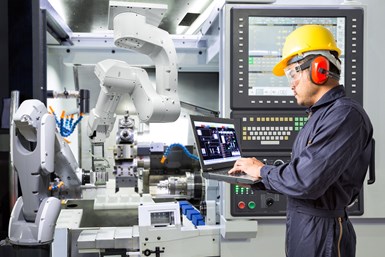

.1687801407690.png)
